A SERIES OF WALKS ALONG THE EMBANKMENT
THIS PAGE IS PRODUCED IN CONJUNCTION WITH
DAVE HILL
PART FOUR: VICTORIA EMBANKMENT GARDENS
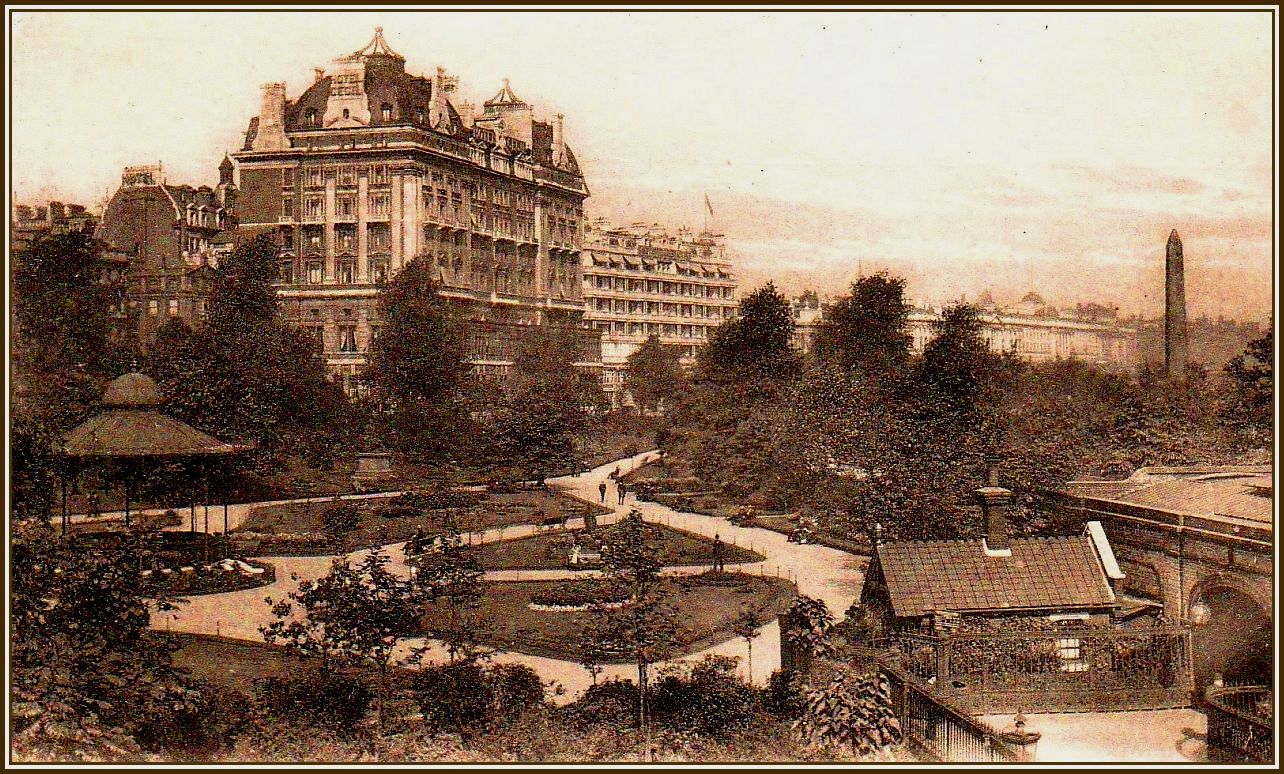 Hotel Cecil, Cleopatra’s Needle & Victoria Embankment Gardens (with Band Stand)
Hotel Cecil, Cleopatra’s Needle & Victoria Embankment Gardens (with Band Stand)
-oOo-
Following the construction of The Embankment (1865-1870), a series of gardens were created on reclaimed land on the inner side of the Victoria Embankment and comprises four sections, which follow the loop of the River Thames on the North Bank.
-oOo-
TEMPLE GARDENS
The first section to be created in what would become Victoria Embankment Gardens was Temple Gardens and is the most easterly of the four garden sections that were eventually lain out.
Temple Gardens is bounded by Temple Place to the north and contains a central rose bed, which replaced the Bandstand built in here 1895, and a number of mature London Plane Trees (Platanus x acerifolia).
The London Plane Tree is a hybrid tree grown from a cross between the American Sycamore (Platanus occidentalis) with the Oriental Plane Tree (Platanus orientalis).
 (Top Left) American Sycamore; (Top Centre) London Plane Tree; (Top Right) Oriental Plane Tree; (Bottom Left) Bark of the London Plane Tree & (Bottom Right) Seed Balls, one per stem
(Top Left) American Sycamore; (Top Centre) London Plane Tree; (Top Right) Oriental Plane Tree; (Bottom Left) Bark of the London Plane Tree & (Bottom Right) Seed Balls, one per stem
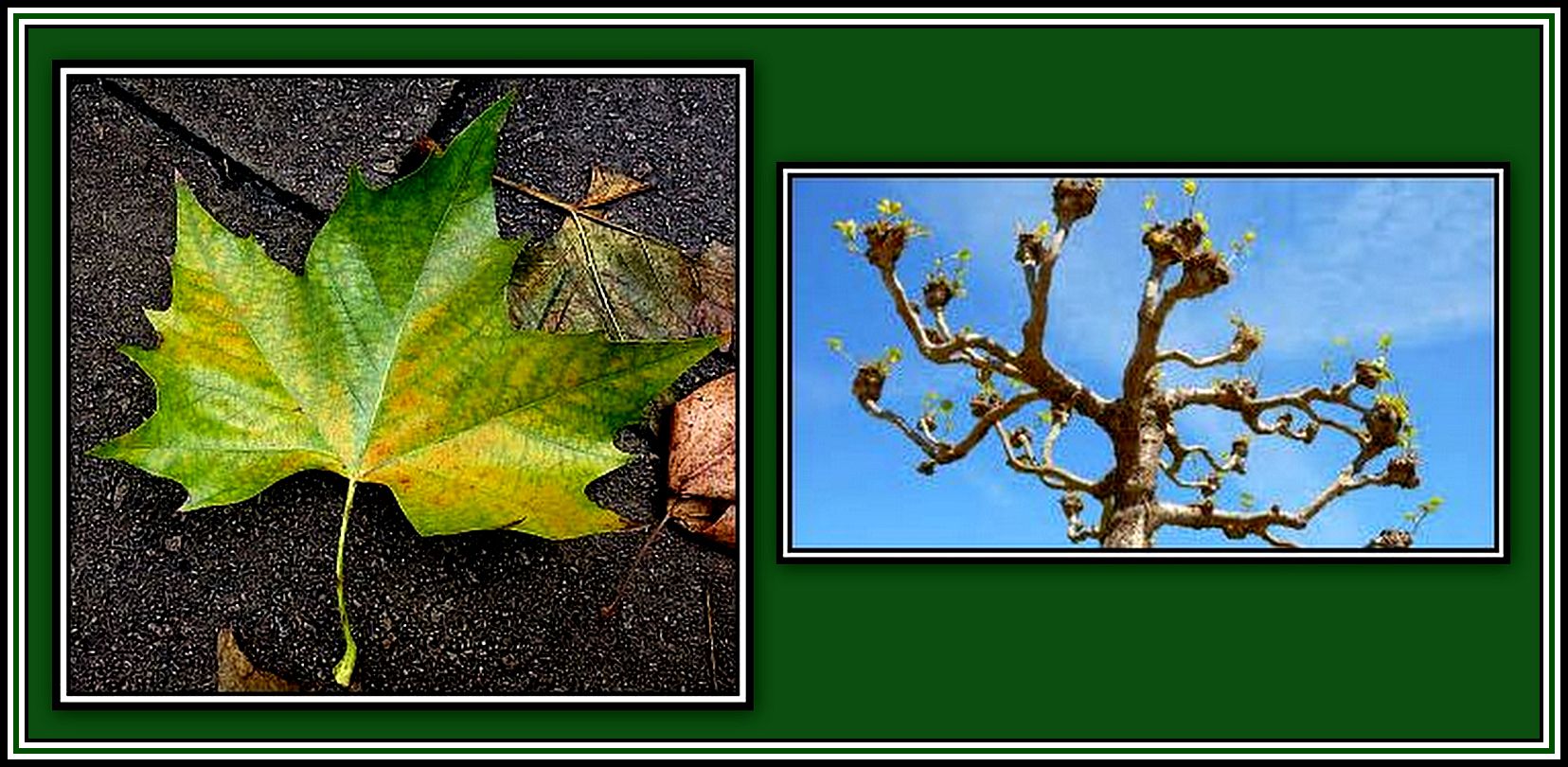 (Left) Leaf of the London Plane Tree and (Right) a Tree after Pollarding
(Left) Leaf of the London Plane Tree and (Right) a Tree after Pollarding
-oOo-
-oOo-
Temple Gardens has memorials placed in it to William Edward Forster (1818-1886), John Stuart Mill (1806-1873) and Isambard Kingdom Brunel (1806-1859).
-oOo-
WILLIAM EDWARD FORSTER
William Edward Forster, a Liberal M.P., was Chief Secretary for Ireland (1880-1882), but is most remembered as being central to the creation of Universal Primary Education in the U.K. and for the drafting of (The Forster) Elementary Education Act 1870. The Act made provision for elementary education for all children between the age of 5 and 10 years (with some exceptions). His monument bears the following inscription: To his wisdom and courage England owes the establishment throughout the land of a national system of elementary education.
(Left) Memorial in Temple Gardens; (Centre) Detail of Statue; (Top Right) in 1851; & (Bottom Right) Portrait by Henry Tanworth Wells (1828-1903)
-oOo-
JOHN STUART MILL
John Stuart Mill was a British philosopher, political economist and civil servant and was an influential contributor to Social Theory, Political Theory and Political Economy.
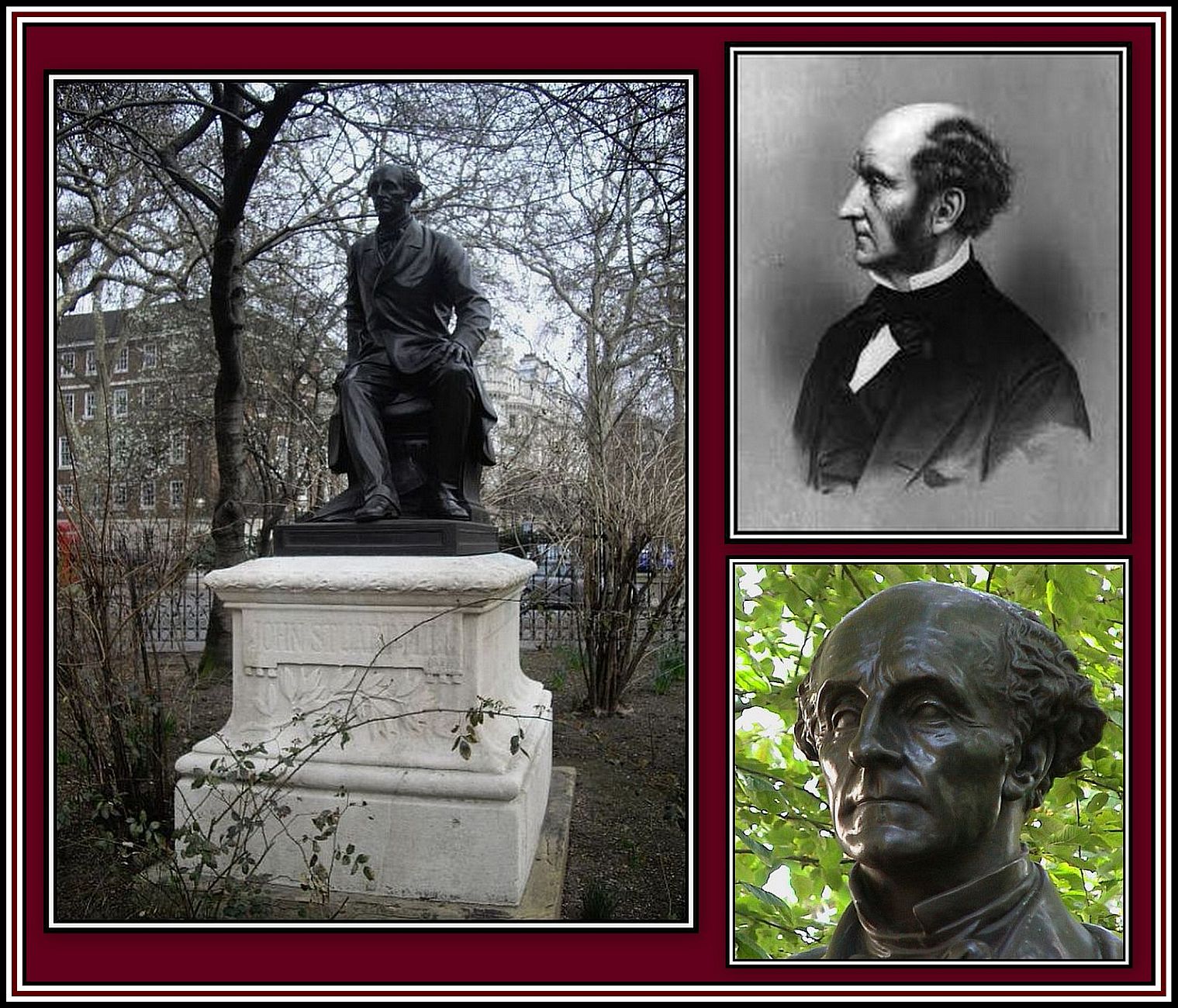 John Stuart Mill Memorial Statue in Temple Gardens
John Stuart Mill Memorial Statue in Temple Gardens
Mr. Mill was an advocate of freedom of speech and strongly opposed censorship. He believed that free discourse between people was a necessary for both intellectual and social progress. In addition, he also believed that an individual ought to be free to do as he wishes unless his actions harm others and that the Government should only interfere when it is for the protection of society. He also felt that a ruler’s power needed to have limits in order to ensure that it was not used for his own benefit that could perhaps harm society.
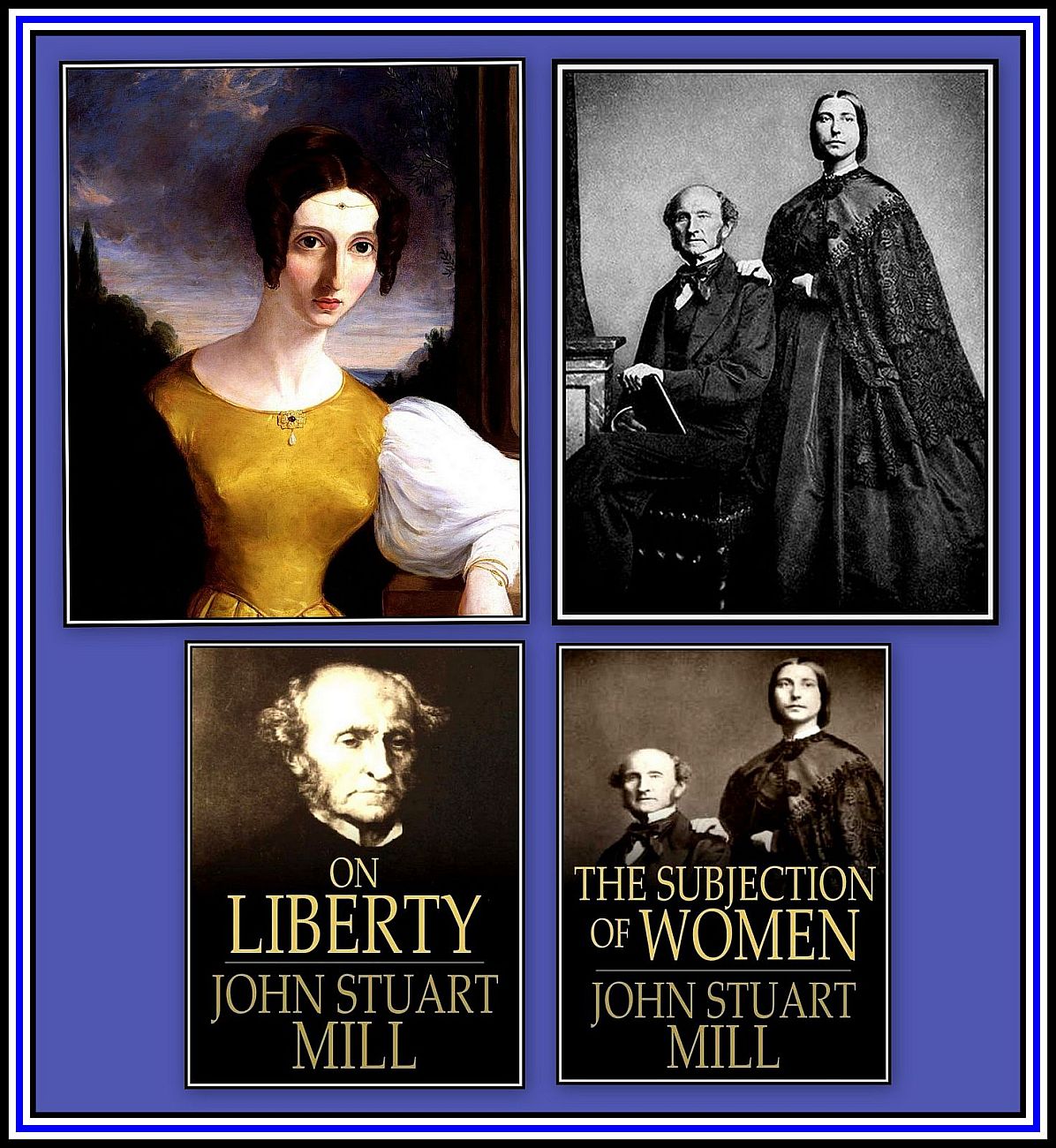 (Top Left) Harriet Taylor Mill (1807-1859) married John Stuart Mill in 1851 ; her first husband, John Taylor, died in 1849; she was a major influence on the thinking of Mr. Mill; following her death, Mr. Mill worked for fifteen years with her daughter, Helen Taylor; (Top Right) with Mr. Mill
(Top Left) Harriet Taylor Mill (1807-1859) married John Stuart Mill in 1851 ; her first husband, John Taylor, died in 1849; she was a major influence on the thinking of Mr. Mill; following her death, Mr. Mill worked for fifteen years with her daughter, Helen Taylor; (Top Right) with Mr. Mill
Mr. Mill was a strong advocate of Women’s Rights and stated that all females and most males were no more than Slaves and said that the relationship between the sexes was no more than the legal subordination of one sex to the other. He believed that this situation was wrong and was one of the chief hindrances to human improvement and needed to be replaced by a principle of perfect equality. Mr. Mill is considered by many as one of the earliest advocates of Women’s Rights and his book, The Subjection of Women (written in 1861 and published 1869), is one of the earliest written on this subject by a male author.
-oOo-
ISAMBARD KINGDOM BRUNEL
Isambard Kingdom Brunel was a Mechanical and Civil Engineer of great note and built the Great Western Railway, a number of steamships, dockyards and a number of bridges and tunnels. Brunel was, to say the least, innovative and had a marked impact on transport and modern engineering.
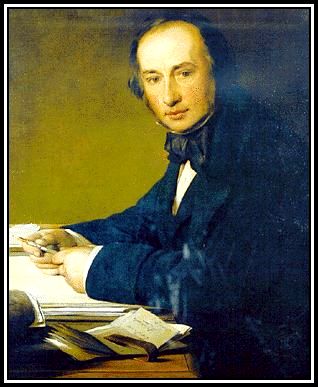 Isambard Kingdom Brunel at his desk
Isambard Kingdom Brunel at his desk
-oOo-
In the midst of an illustrious carrier, Brunel suffered a Stroke and died ten days later at the age of 53 on the 15th September, 1859. He was buried in the family grave at the Kensall Green Cemetery (All Souls Cemetery) with his parents.
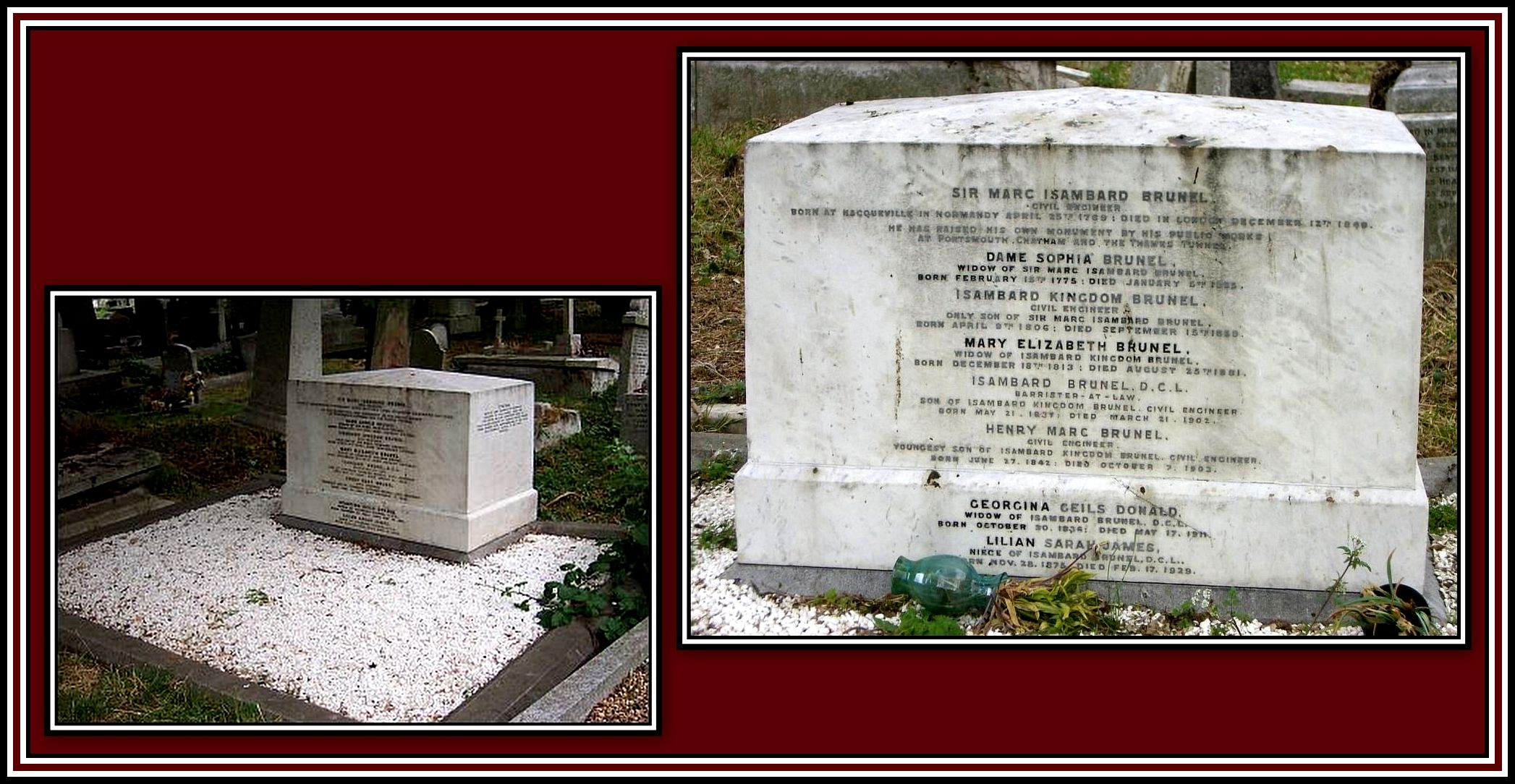 The Brunel Family Grave, All Souls Cemetery, Kensal Green, London
The Brunel Family Grave, All Souls Cemetery, Kensal Green, London
-oOo-
The Memorial to Isambard Kingdom Brunel is outside the western edge of the Temple Garden on Temple Place close to its junction with the Victoria Embankment.
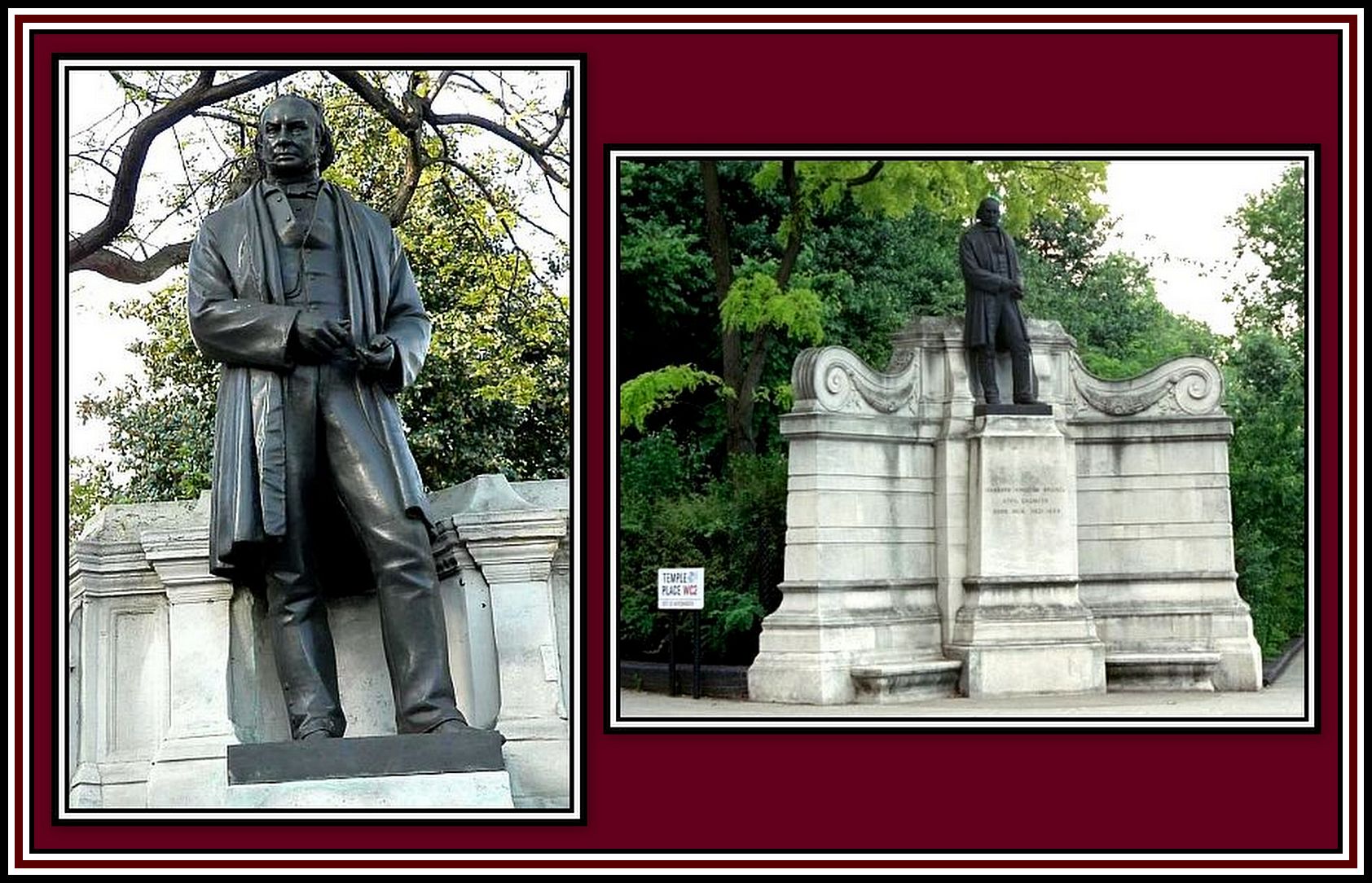 Memorial to Isambard Kingdom Brunel, Temple Garden
Memorial to Isambard Kingdom Brunel, Temple Garden
The Memorial was erected in 1877 and features a statue made of bronze. This statue and that of George Stephenson (1803-1859) present at Euston Station were made by Baron Carlo Marochetti (1805-1867) and were originally planned to be placed in Parliament Square. The masonry part of the Memorial was designed by Richard Norman Shaw (1831-1912).
-oOo-
Click here
to read more of the life and works of
ISAMBARD KINGDOM BRUNEL
-oOo-
LADY HENRY SOMERSET
Lady Isabella Caroline (Henry) Somerset (1851-1921) was a Philanthropist and a leader in the Temperance Movement, as well as a campaigner for Women’s Rights.
The Lady Henry Somerset Memorial is not strictly a Memorial, but rather a sculpture dedicated to her since she was alive at the time of its unveiling on the 29th May, 1897. It was dedicated to her by the Loyal Temperance Legion and is the work of George Edward Wade (1853-1933) and made of bronze.
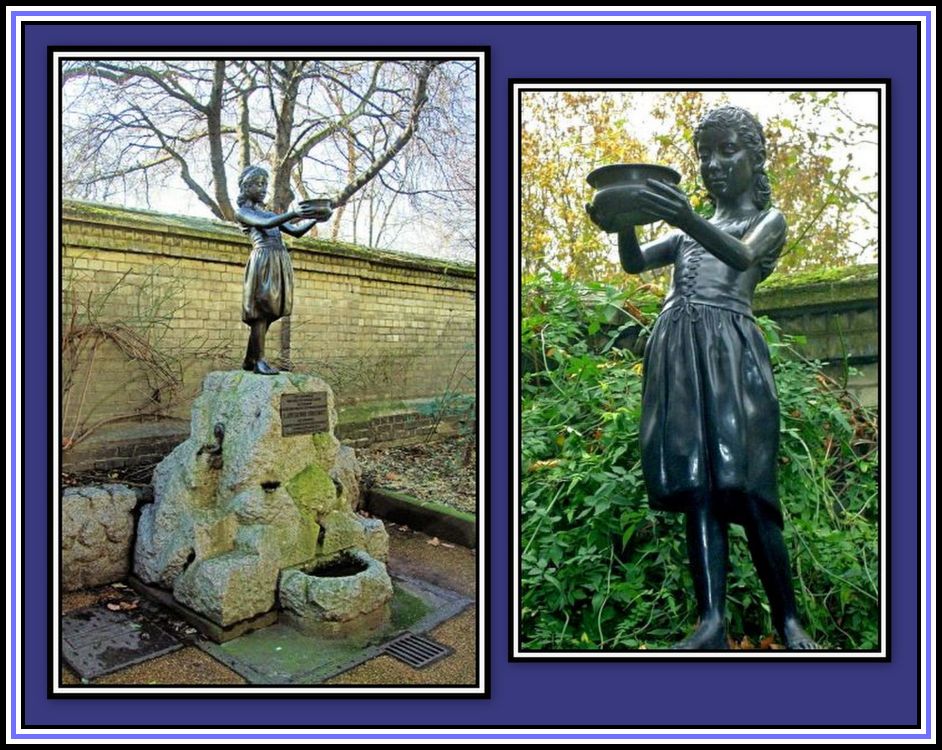 Lady Henry Somerset Sculpture-cum-Memorial; the photographs are credited to Ms Jacqueline Banerjee
Lady Henry Somerset Sculpture-cum-Memorial; the photographs are credited to Ms Jacqueline Banerjee
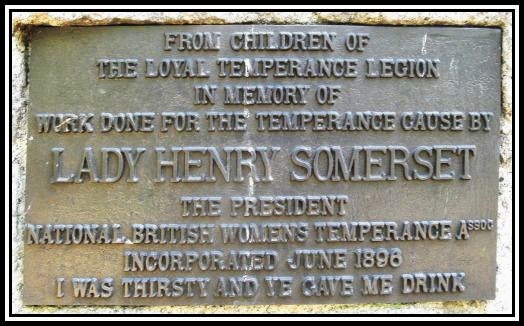 Plaque on the Plinth; this photograph is credited to Robert Freidus
Plaque on the Plinth; this photograph is credited to Robert Freidus
Lady Isabella was married on the 6th February, 1872 to Lord Henry Somerset and had one son. The marriage was not a success since Lord Henry indulged in Homosexual affairs. The Victorian Standard was such that Lady Isabella/Henry was expected to tolerate her husband’s behaviour in silence. However, she did not comply to such a Standard. Lady Isabella left her husband and, in 1878, sued him for custody of their son. Since Homosexuality was considered a crime at the time, Lord Henry’s behaviour was exposed and she won her case. Her husband left England and went to live in Italy while she attempted to resume her normal life. However, she found herself shunned by her society and decided to return to her family home where she began her charity work. The couple never divorced, as a result of their religious beliefs.
Lady Isabella/Henry became interested in the Temperance Movement when a friend of her’s committed suicide while under the influence of alcohol. In 1890, she was elected President of the British Women’s Temperance Association and spoke at the first World’s Women’s Temperance Association Convention held in the U.S.A. and was its President between 1898 and 1906.
She aligned herself with the Liberal Party and William Booth and also promoted birth control, as well as supporting the licensing of Prostitution in areas of India to combat the spread of Venereal Disease, VD, amongst British soldiers. In 1999, the World Health Organisation (WHO) recommended that such illnesses be referred to as Sexually Transmitted Diseases. STD. She devoted her later years to the Colony for Women Inebriates in Reigate, which she opened in 1895.
Lady Isabella/Henry died on the 12th March, 1921 following a short illness.
——oooOOOooo——
ACKNOWLEDGEMENTS
I would like to thank Mr. Paul Bland for his help in the writing of this piece.
Click here to GO to PART FIVE: VICTORIA EMBANKMENT GARDENS
Click here to RETURN to PART THREE: THE SAVOY HOTEL
——oooOOOooo——
Click here to RETURN to A SERIES OF WALKS ALONG THE EMBANKMENT Home Page
——oooOOOooo——
Click here to GO to AN ADDITIONAL SET OF POSTCARDS OF OLD LONDON: THE EMBANKMENT by DAVE HILL
——oooOOOooo——
Click here to GO to ISAMBARD KINGDOM BRUNEL
——oooOOOooo——
Click here to RETURN to the TABLE OF CONTENTS
——oooOOOooo——


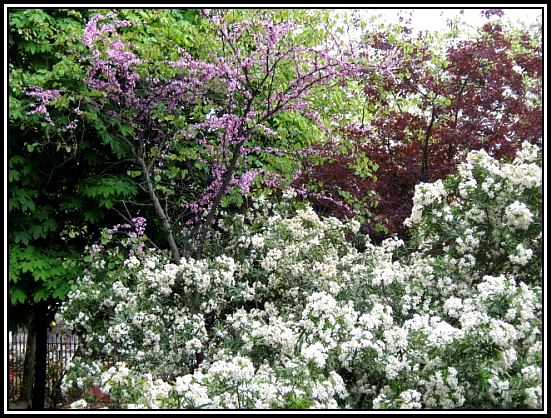
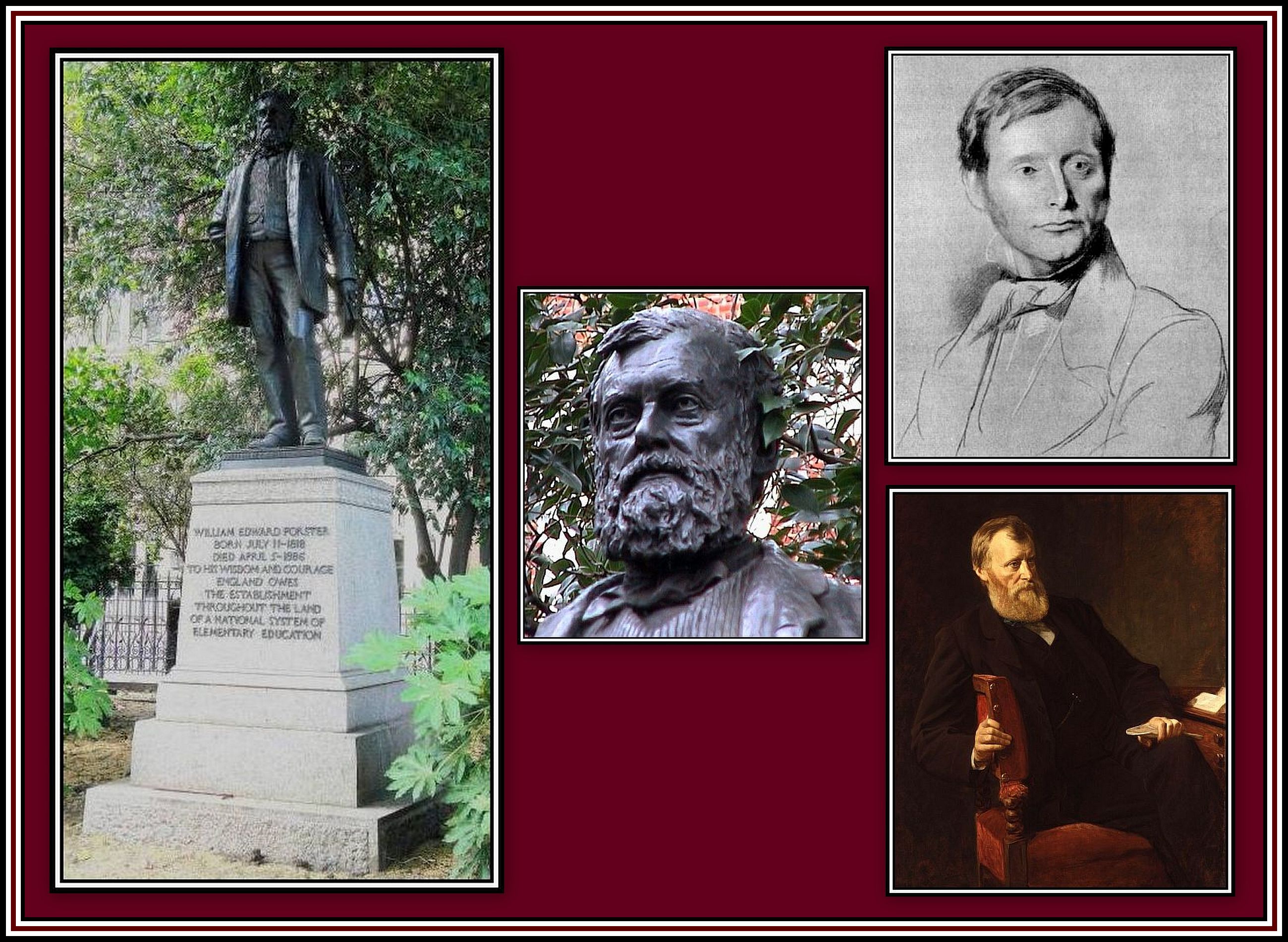
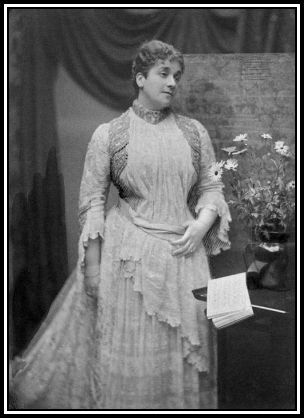
Hello Charles,
Another meticulously researched, referenced and beautifully presented piece. I especially enjoyed the section(s) about Brunel and his wonderful achievements. Back in 1970, my parents took The Observer on Sunday and I recollect a superb picture on the cover of the colour magazine of the Great Britain on the large pontoon(?) used to tow it back to the UK. Despite having been in the Falklands for so many years it looked magnificent. I think I recollect reading (that copy of the magazine was largely devoted to the ship) about a huge crack in the hull, which was problematic for the engineers planning the return voyage, as the damage could have been worsened by shifting the hulk, almost certainly rendering repatriation impossible. However, upon lifting the ship (again, recollection at this distance is hazy, but I think some structure was rigged beneath it), the hull most obligingly shifted back into shape. Yet again, the integrity of the original design and construction saved the day.
Thank you again.
Paul
Great piece on Brunel. I enjoyed my day out at Bristol a few years ago when I visited the SS Great Britain – a ship my 2 x great-grandmother, Sarah Louisa Oliver, sailed to Australia on. She travelled with John George Barnes (no relation to me), using his name although they weren’t married. Things must have turned sour as she was back in London ‘with no money or friends’ and with a daughter in tow 4 years later. I doubt the return trip was on the illustrious ship!
very good and interesting, can’t say I very often went to temple gardens, mostly stuck to “stampland”, Victoria gardens!
Very interesting. I worked at Electra House by Temple Station and used to walk through these gardens often.